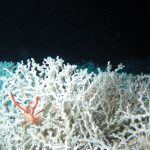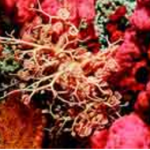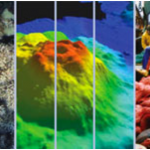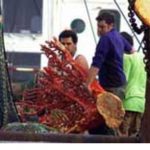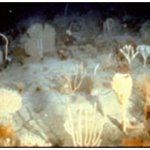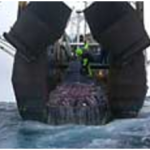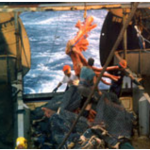High seas fishing nations failed to agree to comprehensive protection of cold-water corals and other vulnerable deep-sea ecosystems on the high seas of the Northwest Atlantic Ocean at the annual meeting of the Northwest Atlantic Fisheries Organization (NAFO), which concluded in Lisbon today. In 2006, the United Nations General Assembly (UN GA) called on NAFO and other regional fisheries management bodies to urgently protect highly vulnerable and unique deep-sea ecosystems such as seamounts, cold-water corals and hydrothermal vents from the destructive impact of bottom fishing.
Continue reading Deep sea conservation deep sixed in the Northwest Atlantic

